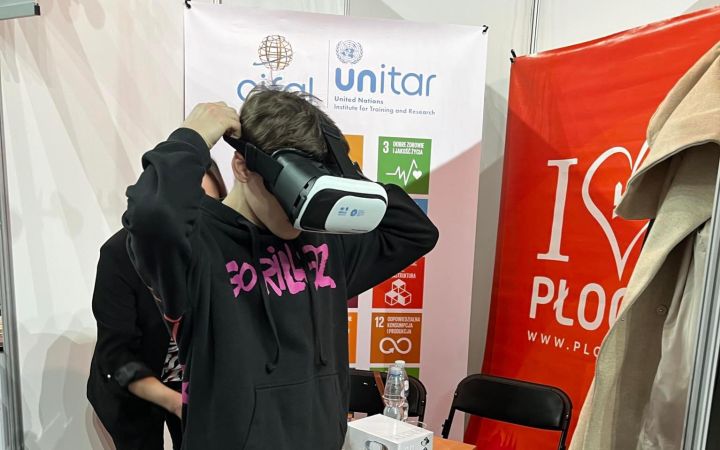Visualizations are used all around us to help us make sense of data. From simple line charts to show the increase or decrease in figures such as income, GDP or population, to complex flow visualizations to show how storms will travel over a country. These visualizations are made using algorithms, which can be seen as a recipe book that tells a computer how to make a visualization from the data. PhD candidate Max Sondag, from the TU/e Department of Mathematics and Computer Science, researched how to make algorithms that create coherent visualizations for different types of data. Sondag will defend his thesis on Monday 30 November.
A coherent visualization preserves certain relations in the data and makes them visible. If there is a certain pattern in the data, you should be able to see it in the visualization. And if you see a pattern in the visualization, you need to be able to trust that it’s present in the data as well, not just an undesired side effect of the way the algorithm works. If this relation holds both ways, that means the visualization is coherent.
Grid Maps, one of the types of visualizations Sondag investigated, are one interesting way to coherently visualize data. In the Grid Map shown in the figure, each municipality of the Netherlands is represented by a single square. This can for example be used to show which political party has the largest number of votes in each municipality, or how many COVID-19 infections are present in the municipalities of the Netherlands.
Showing municipalities at the right spot
The advantage of a Grid Map (right) compared to simply coloring the municipalities directly (left), is that a Grid Map shows each municipality as identical in size, which means that we perceptually see them all as equally important. Otherwise, bigger municipalities such as those in Friesland might draw our eyes more than the smaller ones in Noord-Brabant.
To make a coherent Grid Map, the squares that represent the municipalities need to be arranged such that they not only form the shape of the Netherlands again, but also that the squares are in the correct position in relation to each other. Only if the algorithms place everything in the right spot, not only globally but also with regard to the relations between the municipalities, can we prevent possible misinterpretation of the map. Without this coherence, municipalities would end up in completely different places than where you would expect them to be.
In his research, Sondag devised four coherent visualization algorithms, including one that can make coherent Grid Maps for different kind of shapes, such as the roughly rectangular shape of the USA, irregular shapes with large lakes such as the Netherlands, and elongated shapes such as the United Kingdoms. This can be of great help for people – such as researchers and journalists – who need to reliably visualize data for public understanding.
Thesis title: Algorithms for coherent rectangular visualizations. Promotor prof.dr. B. Speckmann and copromotor dr. W. Meulemans.







